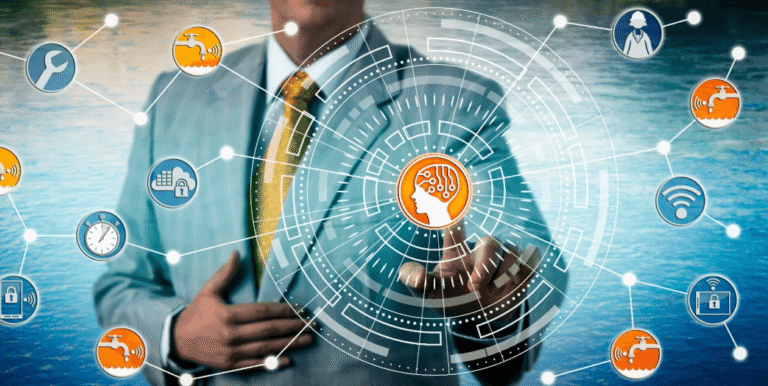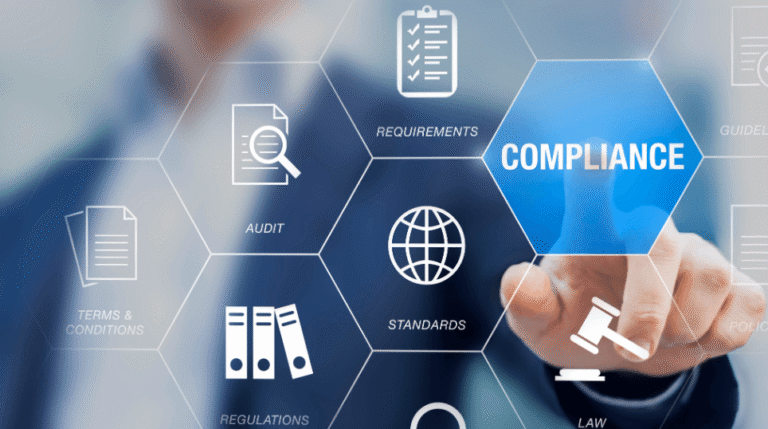Cybersecurity in 2025: Threats, Trends, and Safeguards

As cybersecurity evolves towards 2025, organizations must confront a landscape marked by advanced threats. Innovations in artificial intelligence and quantum computing will likely enable rapid exploitation of vulnerabilities. The shift towards remote work further complicates these challenges. It raises questions about current protective measures and their effectiveness. Understanding these dynamics is crucial for developing robust strategies. What specific safeguards will prove most effective in this increasingly complex environment?
Emerging Cyber Threats in 2025
As organizations increasingly rely on interconnected systems, the landscape of cyber threats is evolving rapidly.
In 2025, AI-driven attacks are anticipated to become more sophisticated, utilizing machine learning algorithms to exploit vulnerabilities at unprecedented speeds.
Concurrently, quantum computing vulnerabilities may enable adversaries to decrypt sensitive data, posing significant risks to cybersecurity frameworks that have yet to adapt to this emerging technological paradigm.
Key Trends Shaping the Cybersecurity Landscape
The evolving landscape of cyber threats in 2025 underscores the necessity for organizations to adapt their cybersecurity strategies proactively.
Key trends include AI integration, which enhances threat detection and response capabilities, and the increasing reliance on a remote workforce, necessitating robust security measures.
Organizations must prioritize these trends to fortify their defenses and maintain operational integrity in an increasingly complex cyber environment.
Effective Safeguards for Protecting Digital Assets
A multitude of effective safeguards exists to protect digital assets in the face of evolving cyber threats.
Implementing robust data encryption techniques ensures that sensitive information remains secure, even if intercepted.
Additionally, leveraging threat intelligence enables organizations to proactively identify vulnerabilities and respond to potential attacks.
Together, these measures create a comprehensive defense strategy, empowering entities to maintain control over their digital resources and promote a sense of freedom.
Conclusion
As organizations navigate the evolving cybersecurity landscape in 2025, the integration of advanced technologies and proactive strategies will be crucial. Notably, research indicates that 75% of organizations will prioritize AI-driven threat detection to counter sophisticated attacks. This statistic underscores the urgent need for adaptive security measures, highlighting that a robust cybersecurity framework not only protects digital assets but also fosters innovation. Ultimately, resilience against emerging threats will define successful organizations in an increasingly complex cyber environment.




